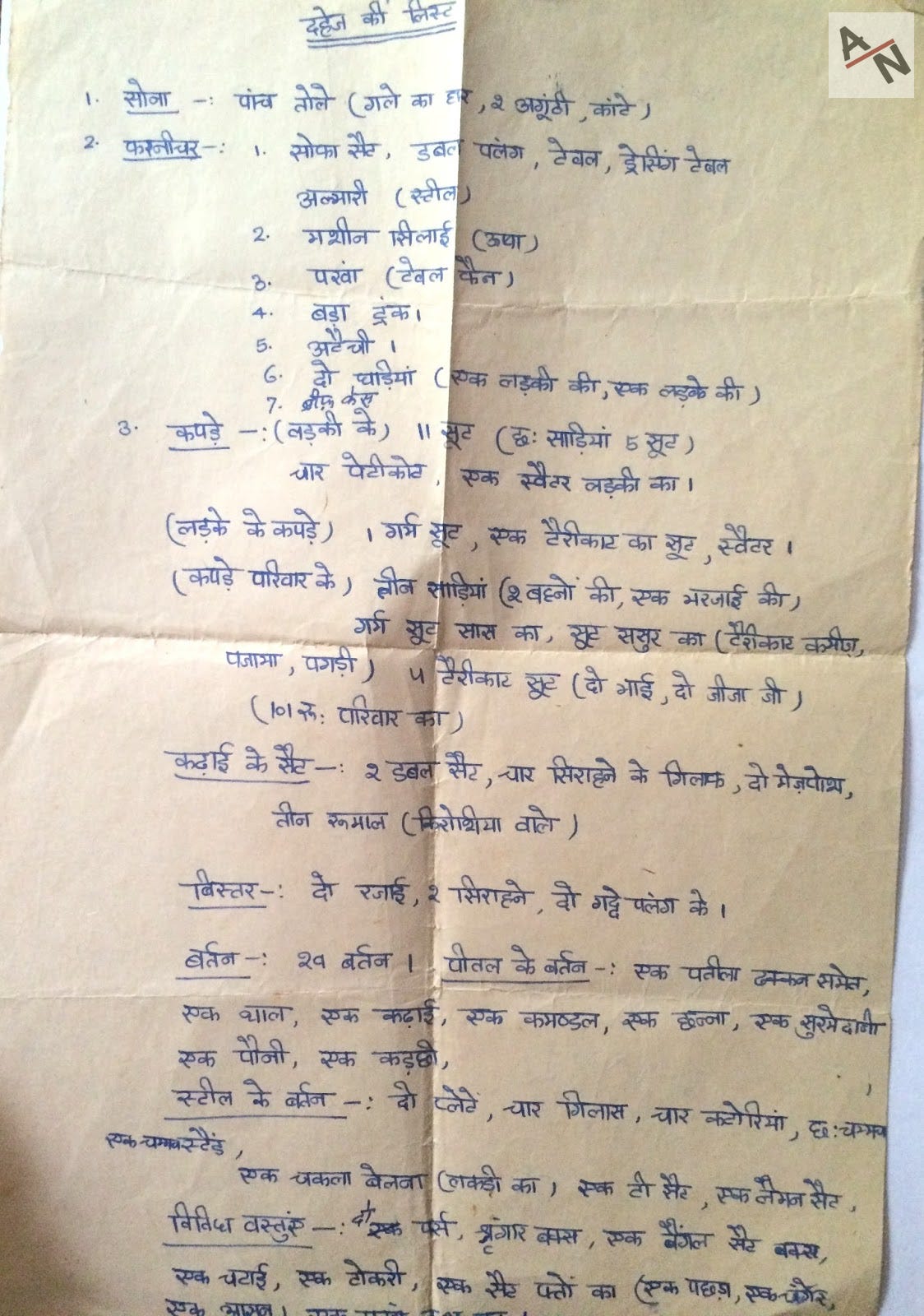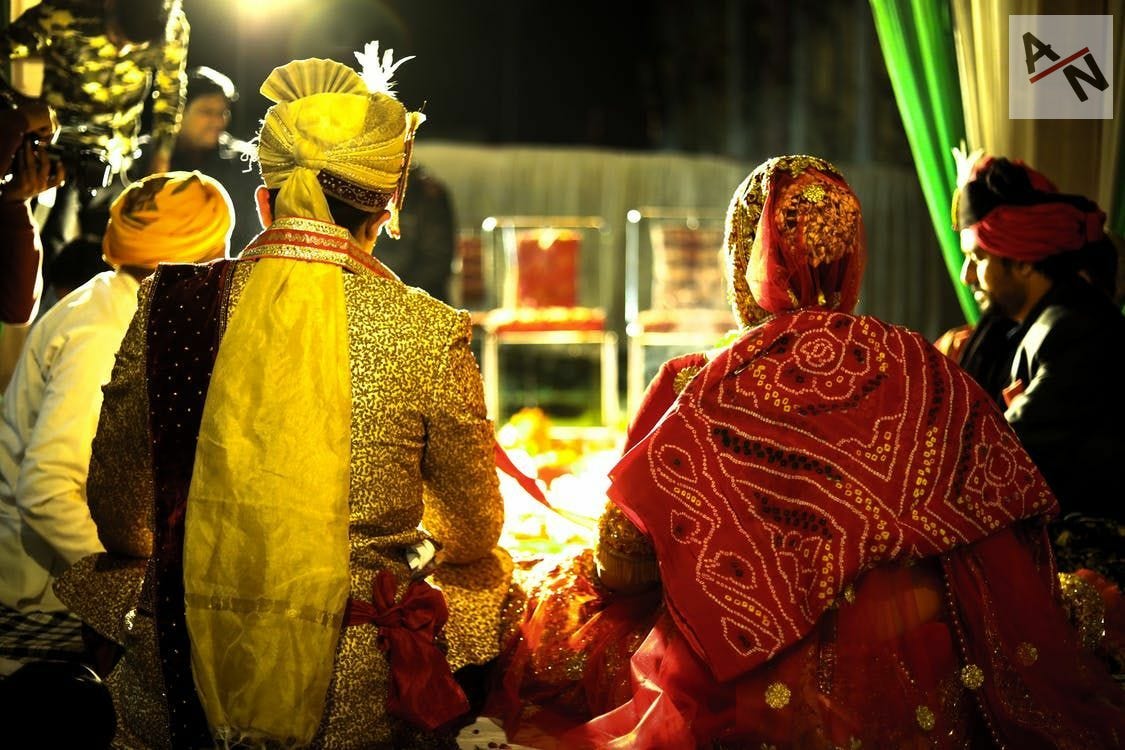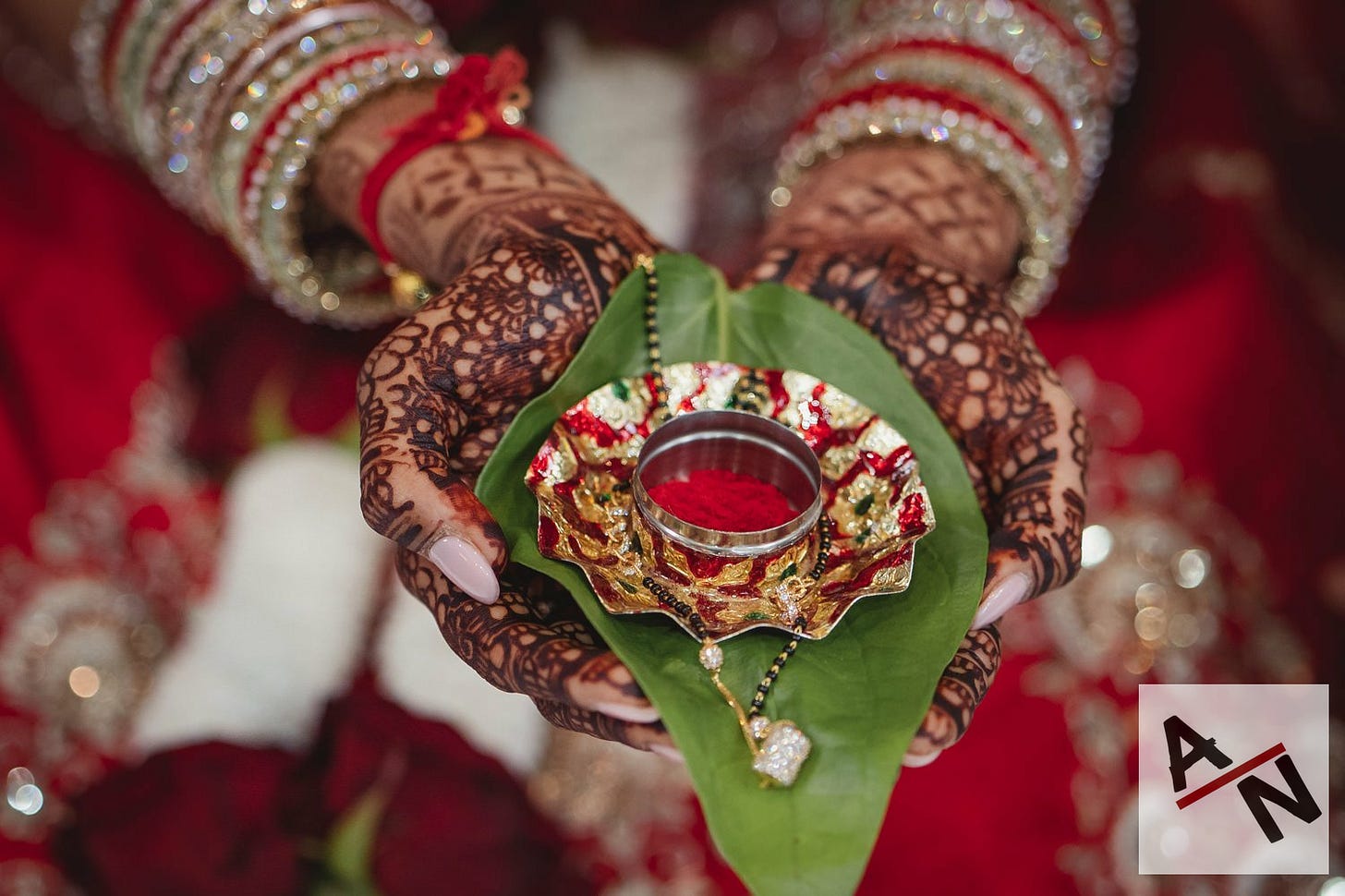The Dowry Illusion | Aditya’s Newsletter
Examining the financial and emotional toll of dowry—how tradition masks transaction and silences millions within India’s wedding culture.
In a country where tradition often intertwines with identity, dowry has long existed in the shadows of celebration. Once a discreet and shame-laden exchange between families, it has now found a loud, unapologetic resurgence online. Today, dowry isn’t whispered about behind closed doors; it is filmed, filtered, and flaunted across social media platforms.
Wedding reels have become the new battleground for social status. From luxury sedans to high-rise apartments, expensive watches to bridal trousseaus worth lakhs, these carefully choreographed displays have rebranded dowry as a modern virtue rather than a regressive vice. Hashtags like #ShaadiGoals and #LuxuryWedding, though innocent in appearance, often mask the harsh undercurrent of financial coercion.
This digital evolution has not abolished the practice. It has sanitized and scaled it.
Why I Wrote This
I wasn’t supposed to write about dowry.
My family has never had daughters. But we’ve been close to the daughters of others—cousins, nieces, family friends. We’ve helped manage their weddings. I saw the strain it put on people I cared about.
We’re a well-doing family, comfortable. Privileged.
That’s exactly why I had to speak up.
Because silence is complicity, especially when you are shielded.
I remember a childhood moment—a truck loaded with wedding goods rolled past our home. Scooters, furniture, gold boxes. My father said, “Kanya daan ho gaya.” It was a phrase meant to be lighthearted, but I couldn’t forget it. I asked, “Who paid for all this?” The answer: “The bride’s side.”
It wasn’t a joke. It was the unspoken truth.
Over the years, I watched weddings transform into social competitions. Families going into debt. Young men expecting dowry as a right. Brilliant women reduced to price tags wrapped in silk and gold.
And all around, silence.
Not because people don’t care, but because it’s easier to look away.
But what good is education or wealth if it only buys you comfort without courage?
This is not a protest. It’s a mirror.
Why This Is Happening
1. Social Signaling in the Digital Age
In a hyper-connected world, social validation is currency. Families do not simply marry off children anymore; they stage performances of prosperity. The purpose is not union, but presentation. The unspoken narrative is: “Our daughter is worth this much.”
Social media has amplified this tenfold. Families compare not just within their communities but against viral content. And what goes viral is extravagance, not equality.
2. The Middle-Class Mirage
The middle-class, caught between aspiration and reality, bears the heaviest burden. For many, a daughter's wedding is seen not as a celebration but as an economic sacrifice. Loans are taken. Assets are liquidated. Sons are made to pause their education. All to match an illusion built by influencers and unregulated digital storytelling.
In 2024, in Uttar Pradesh, a teacher earning Rs 30,000/month borrowed Rs 22 lakh for his daughter’s wedding after watching wedding content on Instagram. The groom's family expected a car and gold, citing “standards” set by ‘modern marriages.’

3. Dowry-Driven Violence: A Crisis Unspoken
Behind the glamour lies the quiet horror. Brides from lower-income backgrounds often face immense pressure and, in too many cases, torture. Emotional abuse, physical violence, and even deaths continue to be reported across the country.
According to the NCRB, over 6,500 women die every year in dowry-related cases. That is nearly 18 women every day. And these are only reported cases. The real figure is almost certainly higher.
When families cannot meet unrealistic demands, daughters become liabilities. In-laws feel "shortchanged" and unleash punishment. These women are not part of wedding reels. Their stories rarely go viral.
How We Fix This
1. Deconstruct the Algorithm of Oppression
Platforms must do more. Instagram, YouTube, and Facebook should identify and flag content that promotes dowry under the guise of celebration. Just as misinformation or hate speech is de-amplified, so should content that commodifies brides and glamourizes transactions.
Moreover, influencers should be mandated to clearly disclose when luxury gifts are sponsored versus personally given. Transparency is the first step to accountability.
2. Cultural Rewiring Through Public Refusal
The narrative won’t shift until the educated class publicly rejects dowry. Grooms must be taught that accepting dowry is not a right, but a disgrace. Families must be proud to say: “We took nothing.”
In 2025, a couple in Bengaluru held a simple wedding ceremony in a government hall. No gifts, no gold, no cash. Their announcement post said: “This marriage isn’t an exchange. It’s a partnership.” It reached over 2 million users and sparked thousands of conversations online.

3. Policy Reinforcement + Grassroots Dialogue
Laws exist, but enforcement is lax. Police and judiciary systems must be sensitised. Dowry-related complaints must be fast-tracked. Grassroots campaigns — especially in Tier 2 and 3 towns — need to revive the conversation.
Schools, colleges, and coaching centres can serve as dialogue starters. When 16-year-olds grow up hearing "no dowry" in classrooms, it becomes a habit, not a rebellion.
The Real Wealth of a Wedding
India’s marriage industry is worth billions. But no amount of GDP contribution justifies the suffering, debt, and abuse that millions of families face in silence.
Dowry is not a tradition. It is a tax on being born female. And while its aesthetics have changed, its impact remains devastating.
A wedding should mark a beginning — not the commodification of a woman, not the erosion of a family’s savings, and certainly not a gamble with human dignity.
Until we learn to admire restraint as much as we applaud excess, this cycle will continue. And so will the silent heartbreak behind every "perfect" reel.
Until society chooses restraint over excess and accountability over silence, the true cost of dowry will remain buried beneath every celebration—hidden, yet unforgiving.






